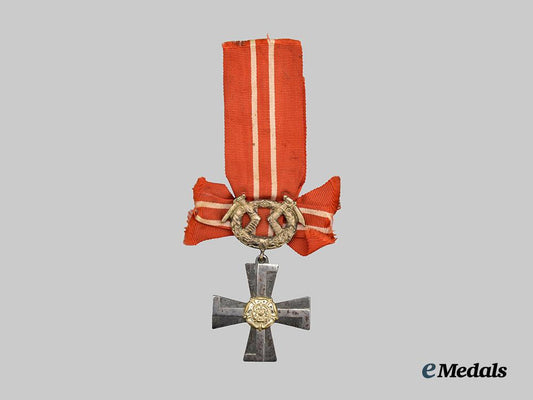
LOADING ...
In response to evolving domestic opinion, eMedals Inc has made the conscious decision to remove the presentation of German Third Reich historical artifacts from our online catalogue. For three decades, eMedals Inc has made an effort to preserve history in all its forms. As historians and researchers, we have managed sensitive articles and materials with the greatest of care and respect for their past and present social context. We acknowledge the growing sentiments put forth by the Canadian public and have taken proactive actions to address this opinion.
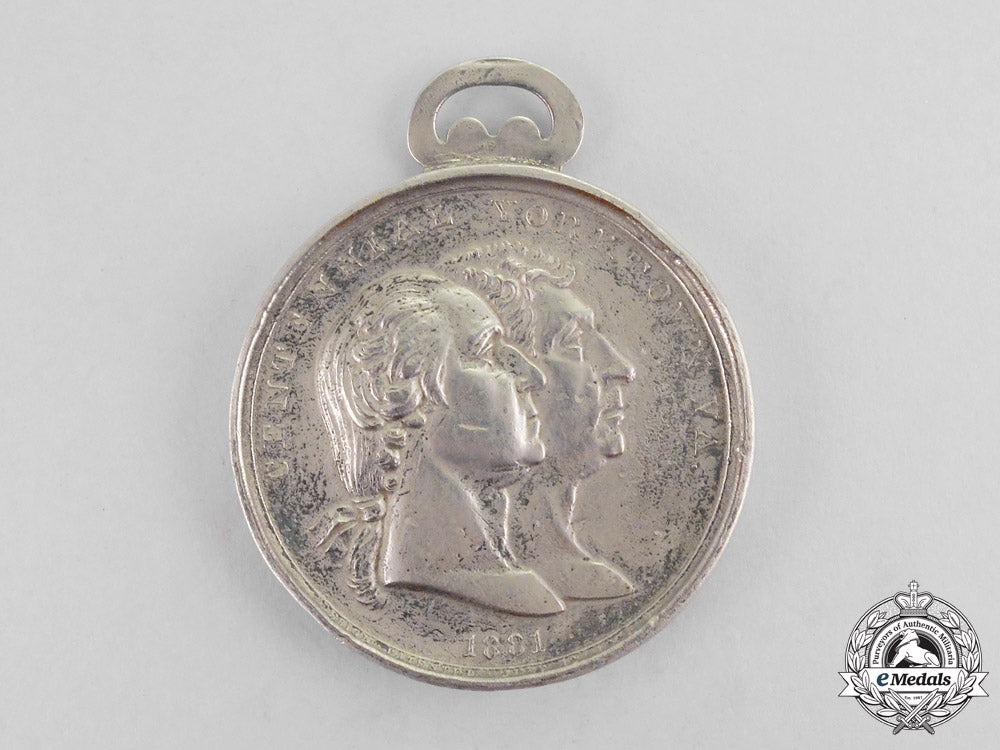


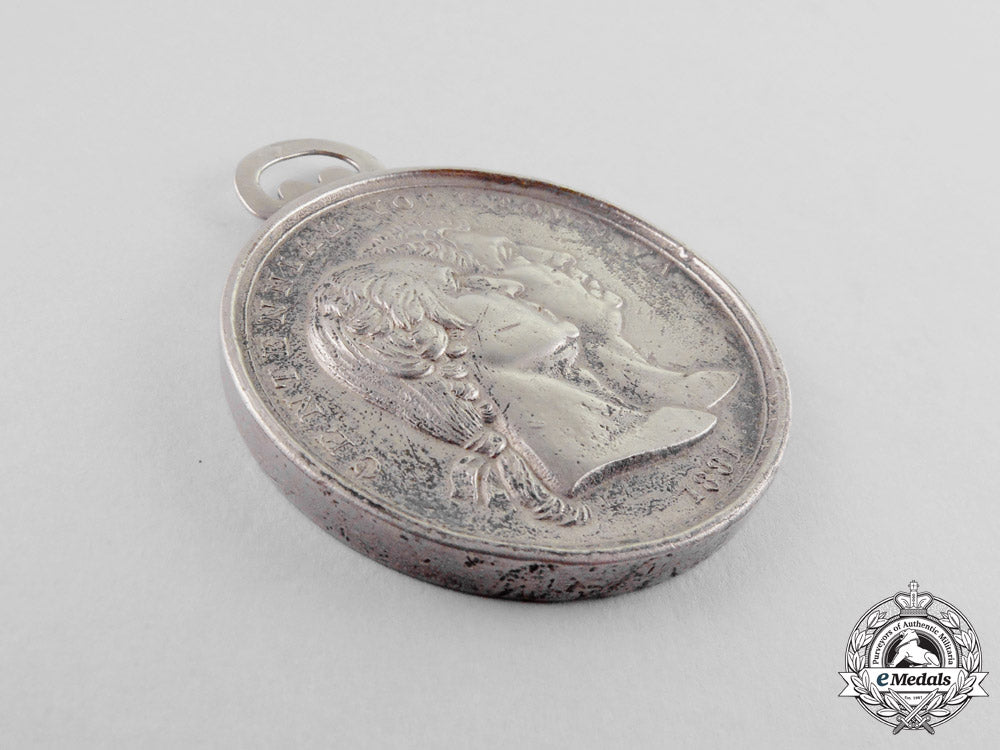
United States. A 100Th Anniversary Of The Surrender At Yorktown Commemorative Medal 1781-1881
United States. A 100Th Anniversary Of The Surrender At Yorktown Commemorative Medal 1781-1881
SKU: ITEM: EG1468b
Current Bid:
Your Max Bid:
Bid History:
Time Remaining:
Couldn't load pickup availability
Shipping Details
Shipping Details
eMedals offers rapid domestic and international shipping. Orders received prior to 12:00pm (EST) will be shipped on the same business day.* Orders placed on Canadian Federal holidays will be dispatched the subsequent business day. Courier tracking numbers are provided for all shipments. All items purchased from eMedals can be returned for a full monetary refund or merchandise credit, providing the criteria presented in our Terms & Conditions are met. *Please note that the addition of a COA may impact dispatch time.
Shipping Details
eMedals offers rapid domestic and international shipping. Orders received prior to 12:00pm (EST) will be shipped on the same business day.* Orders placed on Canadian Federal holidays will be dispatched the subsequent business day. Courier tracking numbers are provided for all shipments. All items purchased from eMedals can be returned for a full monetary refund or merchandise credit, providing the criteria presented in our Terms & Conditions are met. *Please note that the addition of a COA may impact dispatch time.
Description
Description
In white metal, obverse illustrating the conjoined right-facing busts of General George Washington at the left and his close friend, the French aristocrat and military officer Marie-Joseph Paul Yves Roch Gilbert du Motier, Marquis de Lafayette at the right, both of whom fought in the American Revolutionary War, inscribed ""CENTENNIAL YORKTOWN VA."" above, dated ""1881"" and inscribed ""DESIGN PATENTED JULY 12, 1881"" below, reverse illustrating a representative of General Edward Lord Cornwallis and his British troops at the left surrendering to General George Washington and his American troops at the right, engraver marked ""P.L. KRIDER PHILA."" (Peter L. Krider of Philadelphia, in business from 1870-1903) below the scene, inscribed ""SURRENDER AT YORKTOWN VA."" above and dated ""OCT. 19. 1781"" below, 50.8 mm (w) x 62 mm (h) inclusive of its added ornate ring suspension, edge nicks, pitted, contact marks, fine.
Footnote: The Siege of Yorktown, also known as the Battle of Yorktown, the Surrender at Yorktown, the German Battle or the Siege of Little York, ending on October 19, 1781, at Yorktown, Virginia, was a decisive victory by a combined force of American Continental Army troops led by General George Washington and French Army troops led by the Comte de Rochambeau over a British Army commanded by British peer and Lieutenant General Charles Cornwallis. The culmination of the Yorktown campaign, the siege proved to be the last major land battle of the American Revolutionary War in the North American theater, as the surrender by Cornwallis, and the capture of both him and his army, prompted the British government to negotiate an end to the conflict. The battle boosted faltering American morale and revived French enthusiasm for the war, as well as undermining popular support for the conflict in Great Britain. In 1780, approximately 5,500 French soldiers landed in Rhode Island to assist their American allies in operations against British-controlled New York City. Following the arrival of dispatches from France that included the possibility of support from the French West Indies fleet of the Comte de Grasse, Washington and Rochambeau decided to ask de Grasse for assistance either in besieging New York, or in military operations against a British army operating in Virginia. On the advice of Rochambeau, de Grasse informed them of his intent to sail to the Chesapeake Bay, where Cornwallis had taken command of the army. Cornwallis, at first given confusing orders by his superior officer, Henry Clinton, was eventually ordered to build a defensible deep-water port, which he began to do in Yorktown, Virginia. Cornwallis' movements in Virginia were shadowed by a Continental Army force led by the Marquis de Lafayette. The French and American armies united north of New York City during the summer of 1781. When word of de Grasse's decision arrived, both armies began moving south toward Virginia, engaging in tactics of deception to lead the British to believe a siege of New York was planned. De Grasse sailed from the West Indies and arrived at the Chesapeake Bay at the end of August, bringing additional troops and creating a naval blockade of Yorktown. He was transporting 500,000 silver pesos collected from the citizens of Havana, Cuba, to fund supplies for the siege and payroll for the Continental Army. While in Santo Domingo, de Grasse met with Francisco Saavedra de Sangronis, an agent of Carlos III of Spain. De Grasse had planned to leave several of his warships in Santo Domingo. Saavedra promised the assistance of the Spanish navy to protect the French merchant fleet, enabling de Grasse to sail north with all of his warships. In the beginning of September, he defeated a British fleet led by Sir Thomas Graves that came to relieve Cornwallis at the Battle of the Chesapeake. As a result of this victory, de Grasse blocked any escape by sea for Cornwallis. By late September, Washington and Rochambeau arrived, and the army and naval forces completely surrounded Cornwallis. After initial preparations, the Americans and French built their first parallel and began the bombardment. With the British defense weakened, on October 14, 1781 Washington sent two columns to attack the last major remaining British outer defenses. A French column took Redoubt No. 9 and an American column took Redoubt No. 10. With these defenses taken, the allies were able to finish their second parallel. With the American artillery closer and its bombardment more intense than ever, the British position began to deteriorate rapidly and Cornwallis asked for capitulation terms on October 17th. After two days of negotiation, the surrender ceremony occurred on October 19th; Lord Cornwallis was absent from the ceremony. With the capture of more than 7,000 British soldiers, negotiations between the United States and Great Britain began, resulting in the Treaty of Paris of 1783.
This offering is a part of the "Dr. Albert Goodwin Collection", a preeminent assemblage of world Orders, Medals, and Decorations composed solely by Dr.Goodwin between 1946-1967. Dr. Goodwin had a successful career as an educator and prominent physician in New York as well as actively serving in both World Wars with the United States Medical Corps. He acted as both President and Vice-President of the Orders and Medals Society of America (OMSA) and is responsible for organizing their first convention in 1960. He maintained further membership with the American Society of Military Collectors, the International Orders Research Society, and the American Numismatic Society. His knowledge and passion for history and awards is evident in this meticulously compiled collection that is now available in its entirety for the first time exclusively on eMedals.com.
Description
In white metal, obverse illustrating the conjoined right-facing busts of General George Washington at the left and his close friend, the French aristocrat and military officer Marie-Joseph Paul Yves Roch Gilbert du Motier, Marquis de Lafayette at the right, both of whom fought in the American Revolutionary War, inscribed ""CENTENNIAL YORKTOWN VA."" above, dated ""1881"" and inscribed ""DESIGN PATENTED JULY 12, 1881"" below, reverse illustrating a representative of General Edward Lord Cornwallis and his British troops at the left surrendering to General George Washington and his American troops at the right, engraver marked ""P.L. KRIDER PHILA."" (Peter L. Krider of Philadelphia, in business from 1870-1903) below the scene, inscribed ""SURRENDER AT YORKTOWN VA."" above and dated ""OCT. 19. 1781"" below, 50.8 mm (w) x 62 mm (h) inclusive of its added ornate ring suspension, edge nicks, pitted, contact marks, fine.
Footnote: The Siege of Yorktown, also known as the Battle of Yorktown, the Surrender at Yorktown, the German Battle or the Siege of Little York, ending on October 19, 1781, at Yorktown, Virginia, was a decisive victory by a combined force of American Continental Army troops led by General George Washington and French Army troops led by the Comte de Rochambeau over a British Army commanded by British peer and Lieutenant General Charles Cornwallis. The culmination of the Yorktown campaign, the siege proved to be the last major land battle of the American Revolutionary War in the North American theater, as the surrender by Cornwallis, and the capture of both him and his army, prompted the British government to negotiate an end to the conflict. The battle boosted faltering American morale and revived French enthusiasm for the war, as well as undermining popular support for the conflict in Great Britain. In 1780, approximately 5,500 French soldiers landed in Rhode Island to assist their American allies in operations against British-controlled New York City. Following the arrival of dispatches from France that included the possibility of support from the French West Indies fleet of the Comte de Grasse, Washington and Rochambeau decided to ask de Grasse for assistance either in besieging New York, or in military operations against a British army operating in Virginia. On the advice of Rochambeau, de Grasse informed them of his intent to sail to the Chesapeake Bay, where Cornwallis had taken command of the army. Cornwallis, at first given confusing orders by his superior officer, Henry Clinton, was eventually ordered to build a defensible deep-water port, which he began to do in Yorktown, Virginia. Cornwallis' movements in Virginia were shadowed by a Continental Army force led by the Marquis de Lafayette. The French and American armies united north of New York City during the summer of 1781. When word of de Grasse's decision arrived, both armies began moving south toward Virginia, engaging in tactics of deception to lead the British to believe a siege of New York was planned. De Grasse sailed from the West Indies and arrived at the Chesapeake Bay at the end of August, bringing additional troops and creating a naval blockade of Yorktown. He was transporting 500,000 silver pesos collected from the citizens of Havana, Cuba, to fund supplies for the siege and payroll for the Continental Army. While in Santo Domingo, de Grasse met with Francisco Saavedra de Sangronis, an agent of Carlos III of Spain. De Grasse had planned to leave several of his warships in Santo Domingo. Saavedra promised the assistance of the Spanish navy to protect the French merchant fleet, enabling de Grasse to sail north with all of his warships. In the beginning of September, he defeated a British fleet led by Sir Thomas Graves that came to relieve Cornwallis at the Battle of the Chesapeake. As a result of this victory, de Grasse blocked any escape by sea for Cornwallis. By late September, Washington and Rochambeau arrived, and the army and naval forces completely surrounded Cornwallis. After initial preparations, the Americans and French built their first parallel and began the bombardment. With the British defense weakened, on October 14, 1781 Washington sent two columns to attack the last major remaining British outer defenses. A French column took Redoubt No. 9 and an American column took Redoubt No. 10. With these defenses taken, the allies were able to finish their second parallel. With the American artillery closer and its bombardment more intense than ever, the British position began to deteriorate rapidly and Cornwallis asked for capitulation terms on October 17th. After two days of negotiation, the surrender ceremony occurred on October 19th; Lord Cornwallis was absent from the ceremony. With the capture of more than 7,000 British soldiers, negotiations between the United States and Great Britain began, resulting in the Treaty of Paris of 1783.
This offering is a part of the "Dr. Albert Goodwin Collection", a preeminent assemblage of world Orders, Medals, and Decorations composed solely by Dr.Goodwin between 1946-1967. Dr. Goodwin had a successful career as an educator and prominent physician in New York as well as actively serving in both World Wars with the United States Medical Corps. He acted as both President and Vice-President of the Orders and Medals Society of America (OMSA) and is responsible for organizing their first convention in 1960. He maintained further membership with the American Society of Military Collectors, the International Orders Research Society, and the American Numismatic Society. His knowledge and passion for history and awards is evident in this meticulously compiled collection that is now available in its entirety for the first time exclusively on eMedals.com.
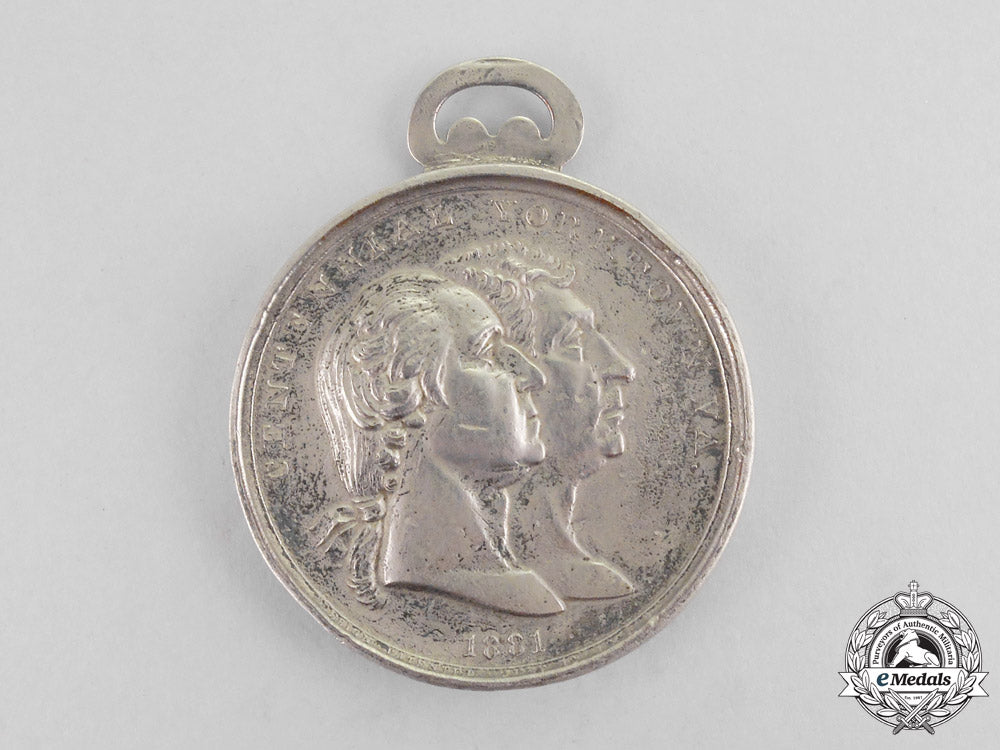
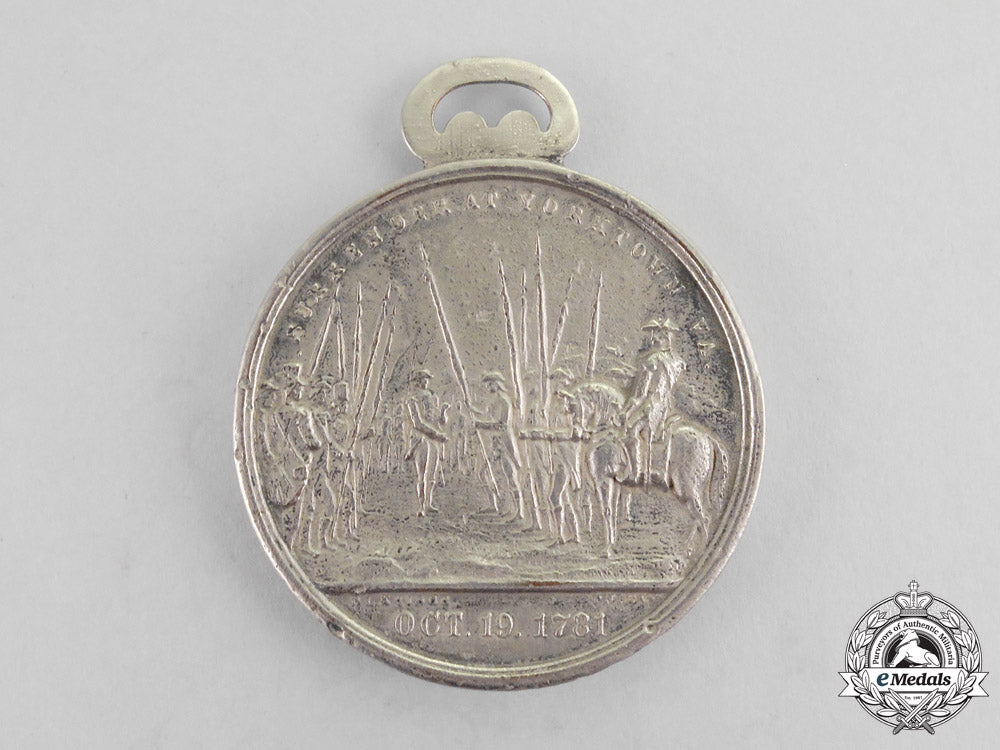
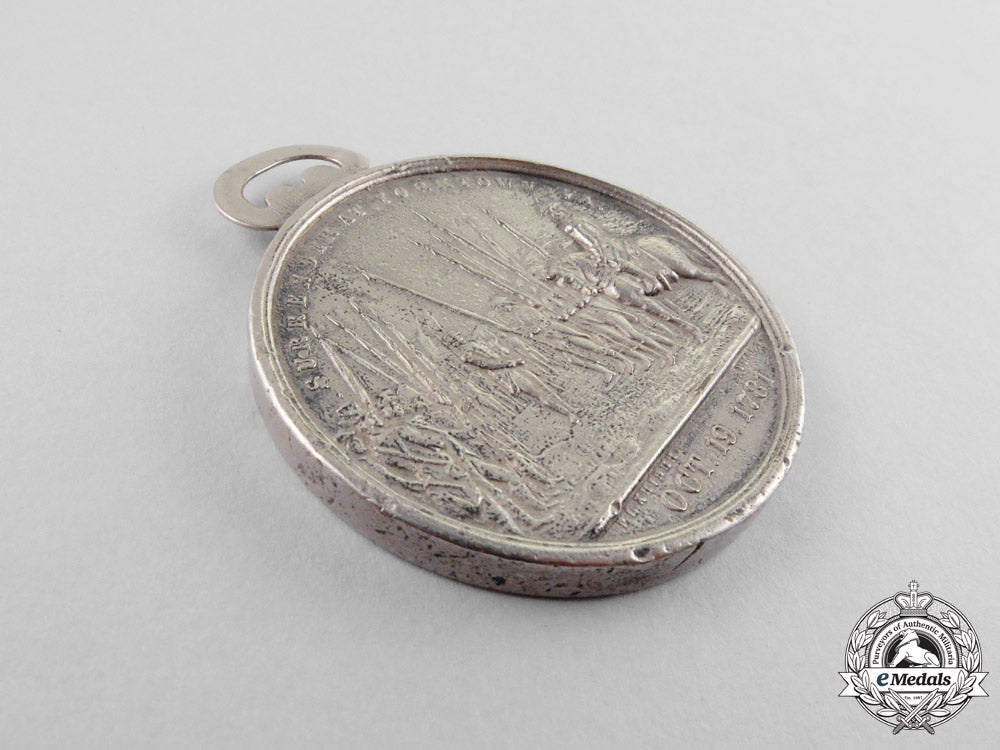
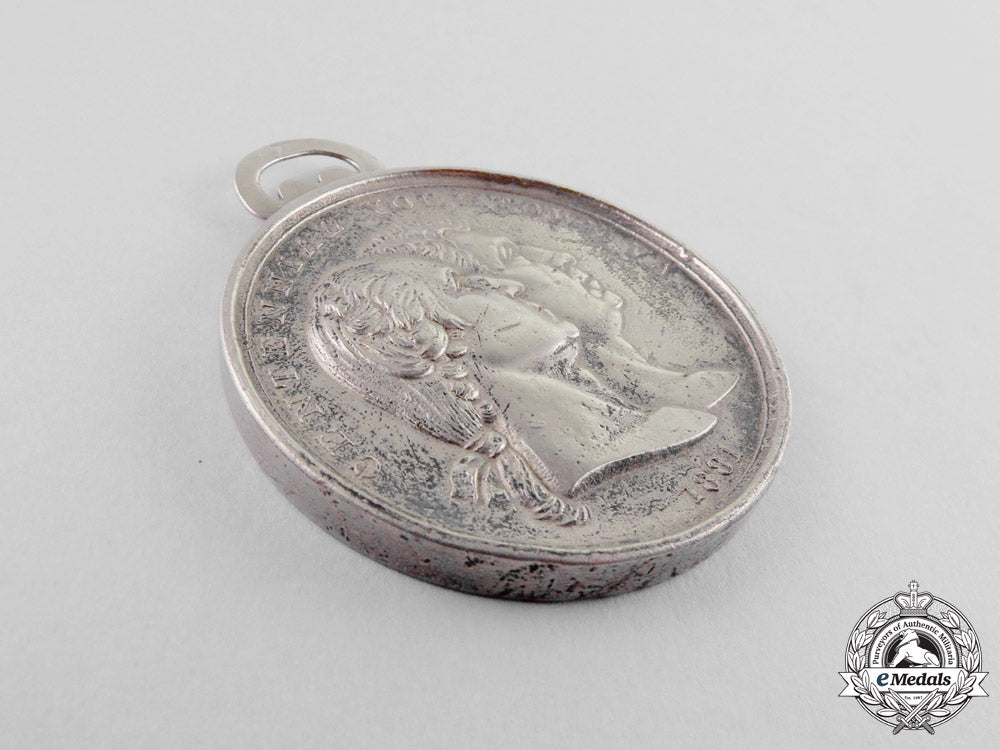
You May Also Like
Spain, Spanish State. A Medal of the Russian Campaign, with Case, by Diez y Campañia
EU24085
Austria-Hungary, Empire. A Rare Sturmbataillon 106 Personnel Badge
EU24086
France, Free Country Of Burgundy. An Order Of Saint George Of Burgundy, Embroidered Breast Star, C. 1925
EU19677
Russia, Imperial. A Russo-Japanese War Period Group Photograph, c. 1904–1910
EU23370
Finland, Republic. An Order Of The Cross Of Liberty, IV Class 1941, Military Division
EU24024
-
Spain, Spanish State. A Medal of the Russian Campaign, with Case, by Diez y Campañia
EU24085
Add to CartRegular price $340 USDRegular price $0 USD Sale price $340 USDUnit price / per -
Austria-Hungary, Empire. A Rare Sturmbataillon 106 Personnel Badge
EU24086
Add to CartRegular price $675 USDRegular price $0 USD Sale price $675 USDUnit price / per -
France, Free Country Of Burgundy. An Order Of Saint George Of Burgundy, Embroidered Breast Star, C. 1925
EU19677
Add to CartRegular price $330 USDRegular price $0 USD Sale price $330 USDUnit price / per -
Russia, Imperial. A Russo-Japanese War Period Group Photograph, c. 1904–1910
EU23370
Add to CartRegular price $340 USDRegular price $0 USD Sale price $340 USDUnit price / per -
Finland, Republic. An Order Of The Cross Of Liberty, IV Class 1941, Military Division
EU24024
Add to CartRegular price $200 USDRegular price $0 USD Sale price $200 USDUnit price / per
Do you have a similar item you are interested in selling?
Please complete the form and our client care representatives will contact you.
Sell Item











